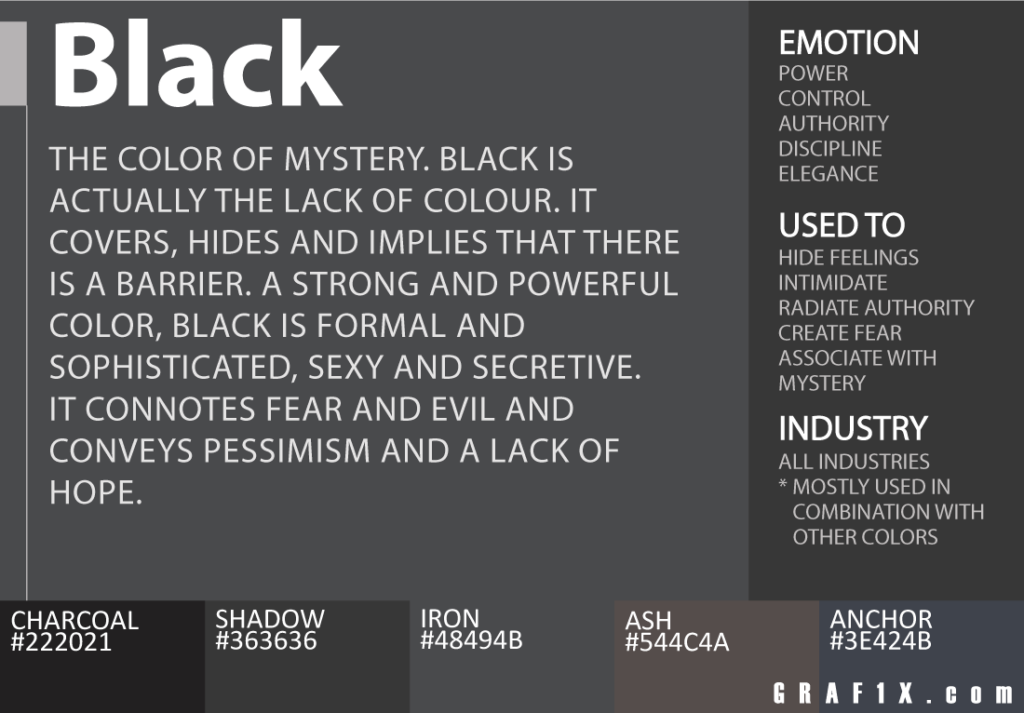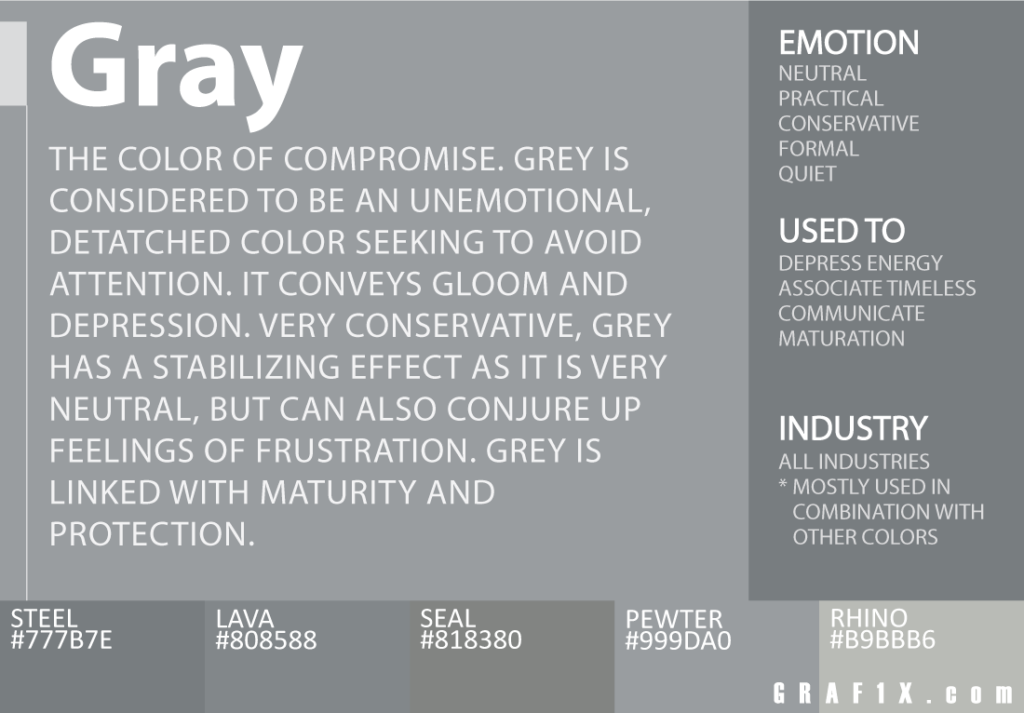BBC SERIES ON THE JAPANESE ART OF NATURE


Hiroshi Sugimoto is an example of an alternative landscape photographer. Sugimoto, born on February 23, 1948, is a Japanese photographer and architect. He leads the Tokyo-based architectural firm New Material Research Laboratory. His use of an 8×10 large-format camera and extremely long exposures means Sugimoto has gained a reputation as a photographer of the highest technical ability. He is equally acclaimed for the conceptual and philosophical aspects of his work. Sugimoto has exhibited extensively in major museums and galleries throughout the world, including the Museum of Contemporary Art in Los Angeles (1994), the Metropolitan Museum of Art, New York (1995), the Serpentine Gallery, London (2003) and the Fondation Cartier pour l’Art Contemporain, Paris (2004). His most recent exhibition, “Lost Human Genetic Archive”, is showing at the Tokyo Photographic Art Museum from Sept. 3 – Nov. 13, 2016, incorporating selected images from Seascapes among others.

Seascapes
In 1980 he began working on an ongoing series of photographs of the sea and its horizon, Seascapes, in locations all over the world, using an old-fashioned large-format camera to make exposures of varying duration (up to three hours). The locations range from the English Channel and the Cliffs of Moher to the Arctic Ocean, from Positano, Italy, to the Tasman Sea and from the Norwegian Sea at Vesterålen to the Black Sea at Ozuluce in Turkey. The black-and-white pictures are all exactly the same size, split exactly in half by the horizon line. Sugimoto describes his vision of sky and water as a form of time travel.
“THE SEASCAPES ARE BEFORE HUMAN BEINGS AND AFTER HUMAN BEINGS.”

Image analysis:

Hiroshi uses prolonged exposure times in order to produce flat and clean images in which the ocean has creases rather than ripples and waves. He freezes time, stills movement, and makes the seascape into an unrecognizable abyss. His use of contrasting light and dark explores the haunting concept of battle between life and death. His black and white photographs stand out from the works of other photographers in its use of natural light. Hiroshi’s work embraces shadows and forms. His photographs are left open to interpretation and make viewers question the notion of his work. As a photographer, Hiroshi Sugimoto has a reputation for having some of the most impressive technical abilities.
“Water and air. So very commonplace are these substances, they hardly attract attention―and yet they vouchsafe our very existence. The beginnings of life are shrouded in myth: Let there water and air. Living phenomena spontaneously generated from water and air in the presence of light, though that could just as easily suggest random coincidence as a Deity. Let’s just say that t here happened to be a planet with water and air in our solar system, and moreover at precisely the right distance from the sun for the temperatures required to coax forth life. While hardly inconceivable that at least one such planet should exist in the vast reaches of universe, we search in vain for another similar example. Mystery of mysteries, water and air are right there before us in the sea. Every time I view the sea, I feel a calming sense of security, as if visiting my ancestral home; I embark on a voyage of seeing.”

